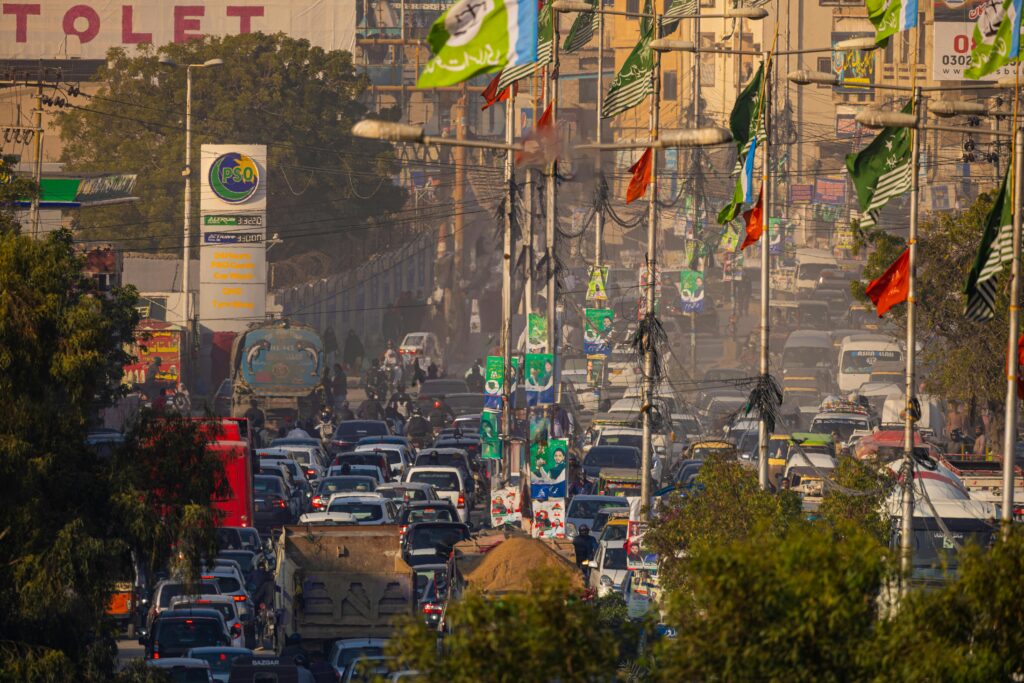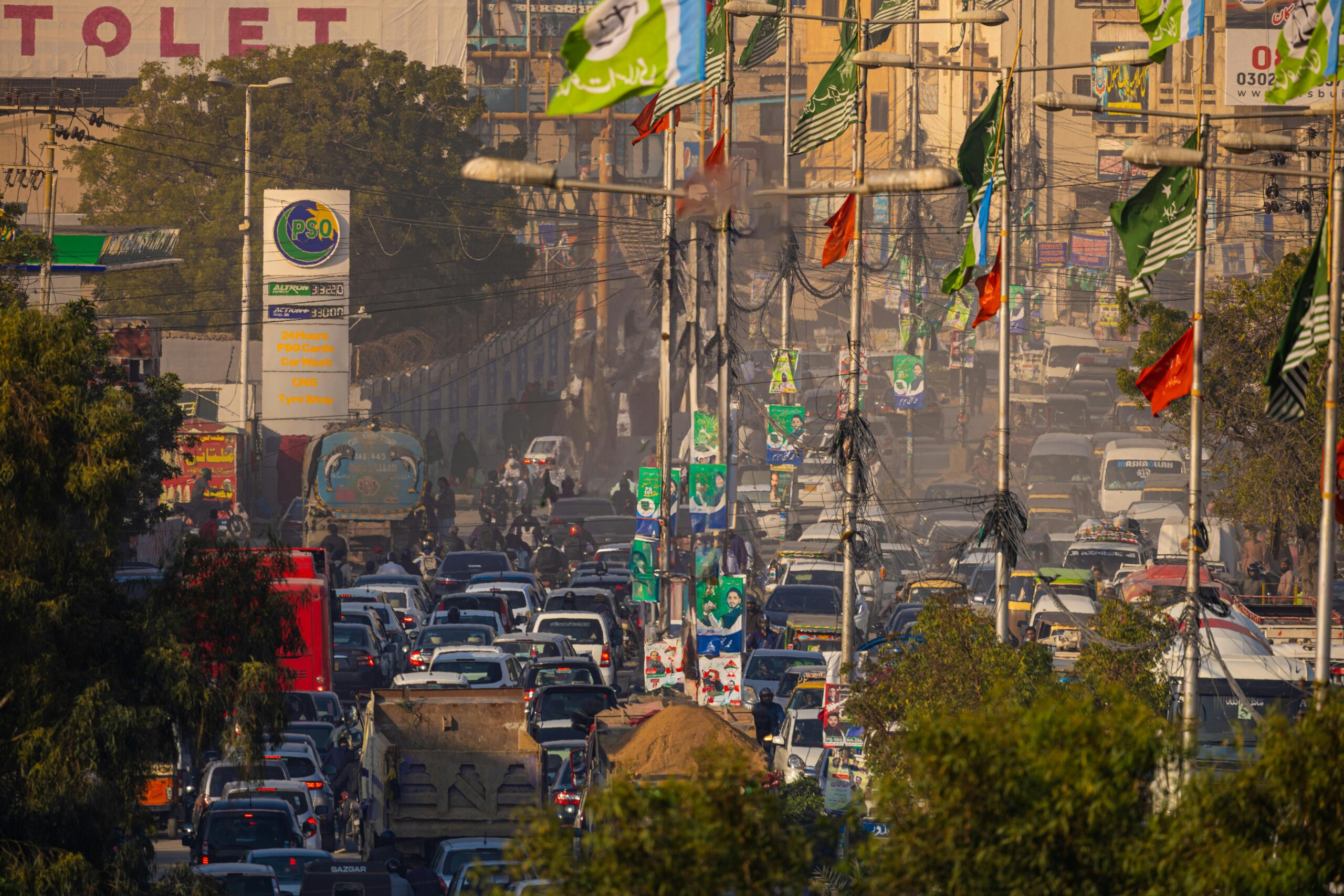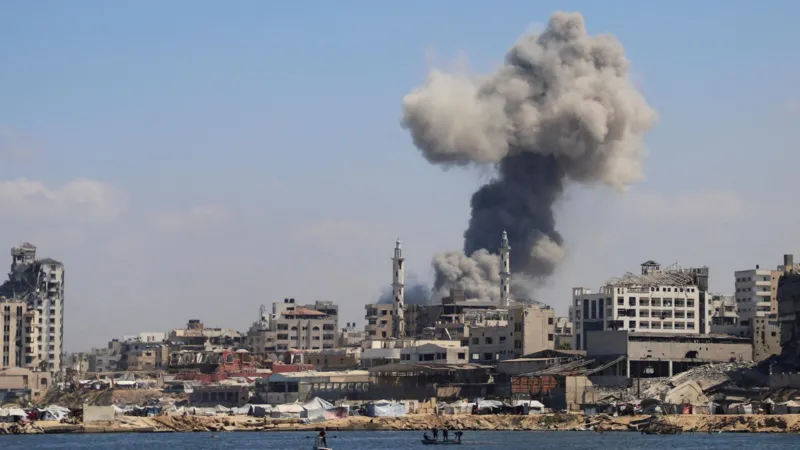
The Pakistan General Elections 2025 have become one of the most crucial democratic exercises in the country’s recent history. Millions of voters turned out across Pakistan’s provinces, braving long queues, scorching heat in some regions, and tight security measures to cast their ballots. With major political parties competing fiercely, these elections carry significant implications for Pakistan’s political stability, economy, and international relations.
Record-Breaking Voter Turnout
The Pakistan General Elections 2025 have already been marked by a historically high voter turnout. According to the Election Commission of Pakistan (ECP):
- More than 62% of registered voters participated, the highest in two decades.
- Young voters, particularly those under 30, made up nearly 40% of total turnout, showing a strong desire for change.
- Urban centers like Karachi, Lahore, and Islamabad reported heavy participation, while rural areas also saw enthusiastic voter engagement.
Analysts argue that this surge reflects rising public demand for accountability, better governance, and economic reform.
Key Political Contenders
Several major parties are at the heart of the Pakistan General Elections 2025:
- Pakistan Muslim League-Nawaz (PML-N): Led by Shehbaz Sharif, the PML-N campaigned on promises of economic revival, infrastructure growth, and stabilizing relations with global partners.
- Pakistan Tehreek-e-Insaf (PTI): Despite facing legal and organizational challenges, PTI candidates remain influential, especially among the youth and urban middle class.
- Pakistan Peoples Party (PPP): Under Bilawal Bhutto-Zardari, the PPP focused on employment, education, and energy sector reforms.
- Regional Parties: MQM, ANP, and Baloch nationalist groups also play crucial roles in shaping coalition politics.
Election Day Challenges
While voting was largely peaceful, the Pakistan General Elections 2025 faced hurdles:
- Technical Delays: Reports of biometric machine malfunctions in some polling stations.
- Security Issues: Isolated incidents of unrest were recorded in Khyber Pakhtunkhwa and Balochistan.
- Internet Slowdowns: Limited internet access in certain regions raised concerns about information transparency.
Despite these issues, observers from the European Union and local NGOs praised the election process for being more transparent compared to past years.
Preliminary Results
As results trickle in, early trends suggest:
- PML-N is leading in Punjab, Pakistan’s most populous province.
- PPP shows strong performance in Sindh, retaining its traditional base.
- PTI-backed independents are making surprising gains, particularly in urban centers.
- Coalition-building seems inevitable, as no single party appears on track to secure an outright majority.
This fragmented outcome highlights the possibility of a hung parliament, pushing Pakistan toward a coalition government.
Economic Stakes
The elections come at a time when Pakistan is grappling with economic challenges:
- Rising Inflation: Food and fuel prices remain high, straining household budgets.
- IMF Program: Any new government must negotiate with the IMF for financial assistance.
- Unemployment: Nearly 12% youth unemployment rate continues to be a pressing concern.
A stable government with a clear economic agenda is seen as essential to restoring investor confidence and reviving growth.
International Reactions
The Pakistan General Elections 2025 are closely watched by global powers:
- United States: Emphasized the importance of a fair democratic process and stability in Pakistan.
- China: Hopes for continuity in the China-Pakistan Economic Corridor (CPEC) projects.
- India: Monitoring closely, particularly regarding how the new government might handle bilateral relations.
- European Union: Welcomed the strong voter turnout and urged reforms to strengthen democratic institutions.
The Role of Youth and Women
Two groups stood out in this election:
- Youth: First-time voters expressed frustration with corruption and unemployment, making them a decisive factor.
- Women: Women’s turnout was notably high, especially in Khyber Pakhtunkhwa, where cultural barriers had historically suppressed participation.
This demographic shift could permanently alter Pakistan’s political landscape.
What’s Next?
The coming days will be critical as:
- Final results are confirmed by the ECP.
- Coalition negotiations intensify among leading parties.
- International partners await signals on Pakistan’s foreign policy direction.
Regardless of which party forms the next government, the Pakistan General Elections 2025 have already demonstrated a renewed spirit of democracy in the country.
Key Takeaways
- Pakistan General Elections 2025 saw record voter turnout of over 62%.
- PML-N leads in Punjab, PPP in Sindh, while PTI-backed candidates remain competitive.
- Coalition politics is likely, given no outright majority.
- Economic reforms and IMF negotiations will be the new government’s top priorities.
- Global stakeholders are closely monitoring Pakistan’s political direction.
Related Reading
📌 Source: BBC, Al Jazeera, CNBC


